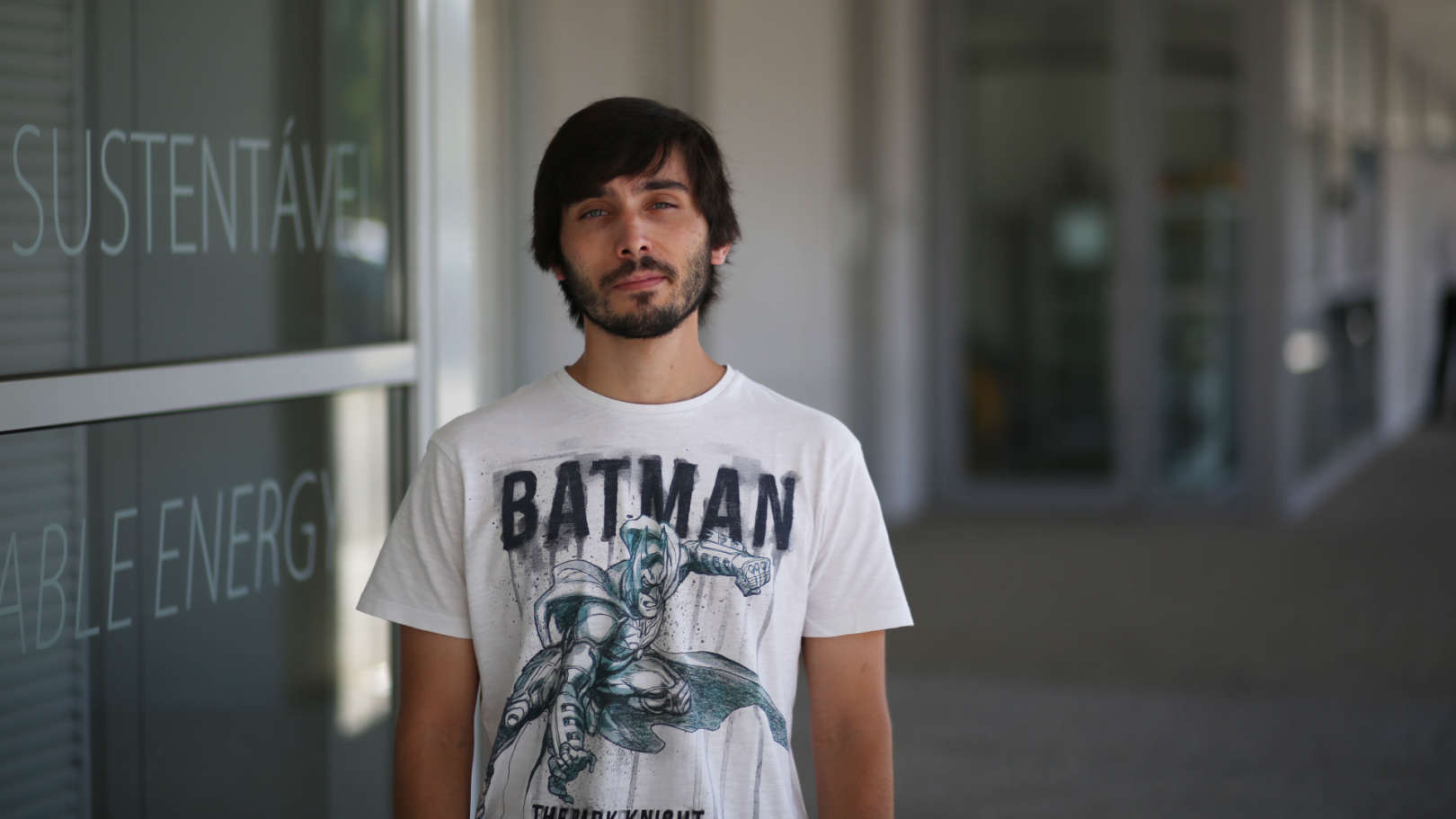About
Tiago Gonçalves received his MSc in Bioengineering (Biomedical Engineering) from Faculdade de Engenharia da Universidade do Porto (FEUP) in 2019. Currently, he is a PhD Candidate in Electrical and Computer Engineering at FEUP and a research assistant at the Centre for Telecommunications and Multimedia of INESC TEC with the Visual Computing & Machine Intelligence (VCMI) Research Group. His research interests include machine learning, explainable artificial intelligence (in-model approaches), computer vision, medical decision support systems, and machine learning deployment.


